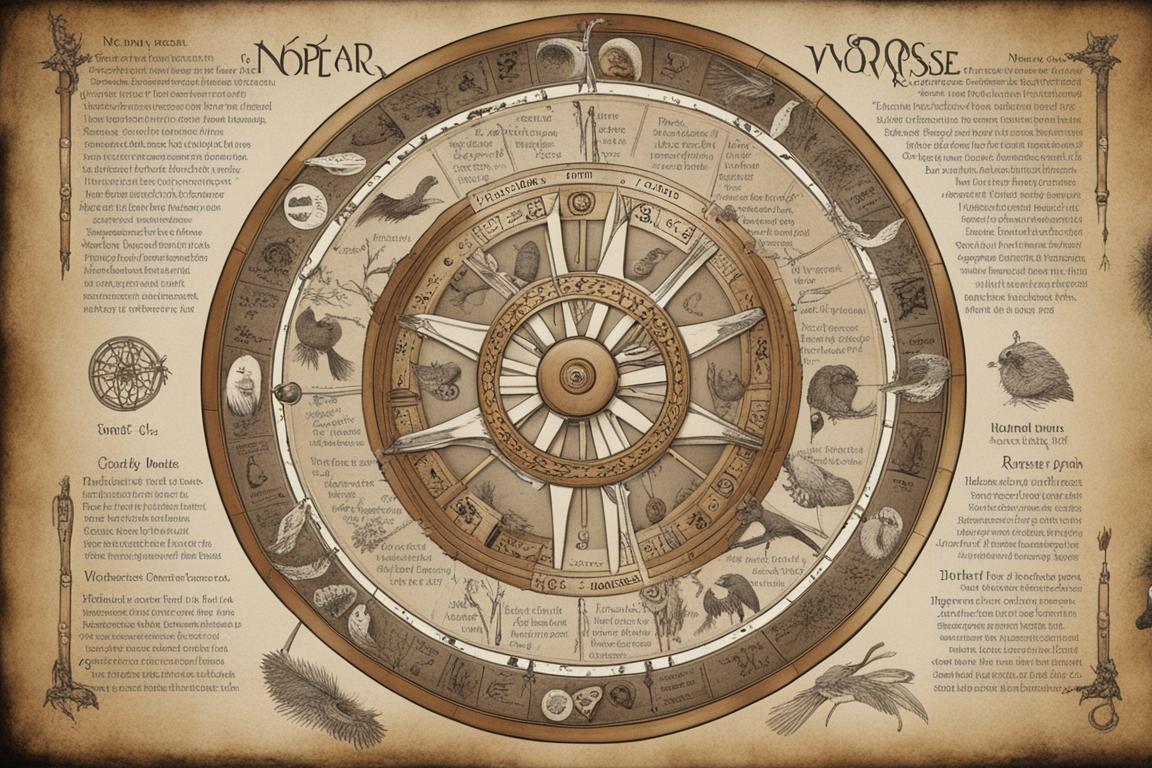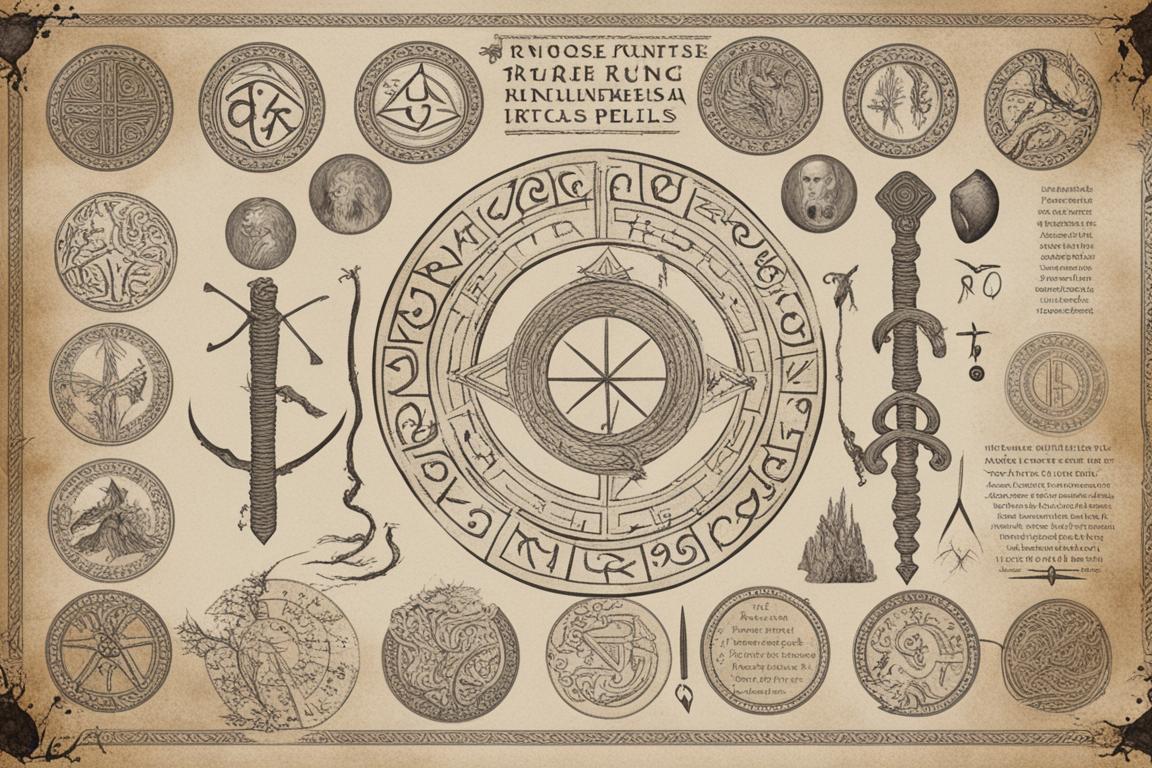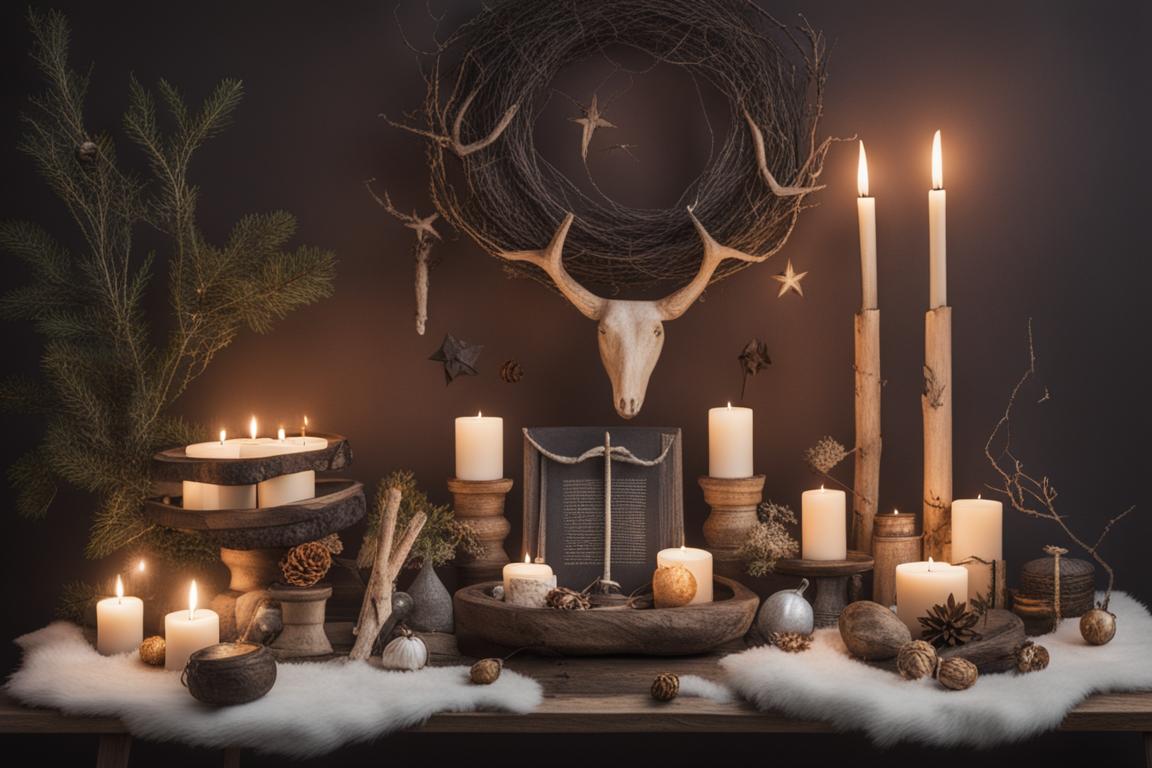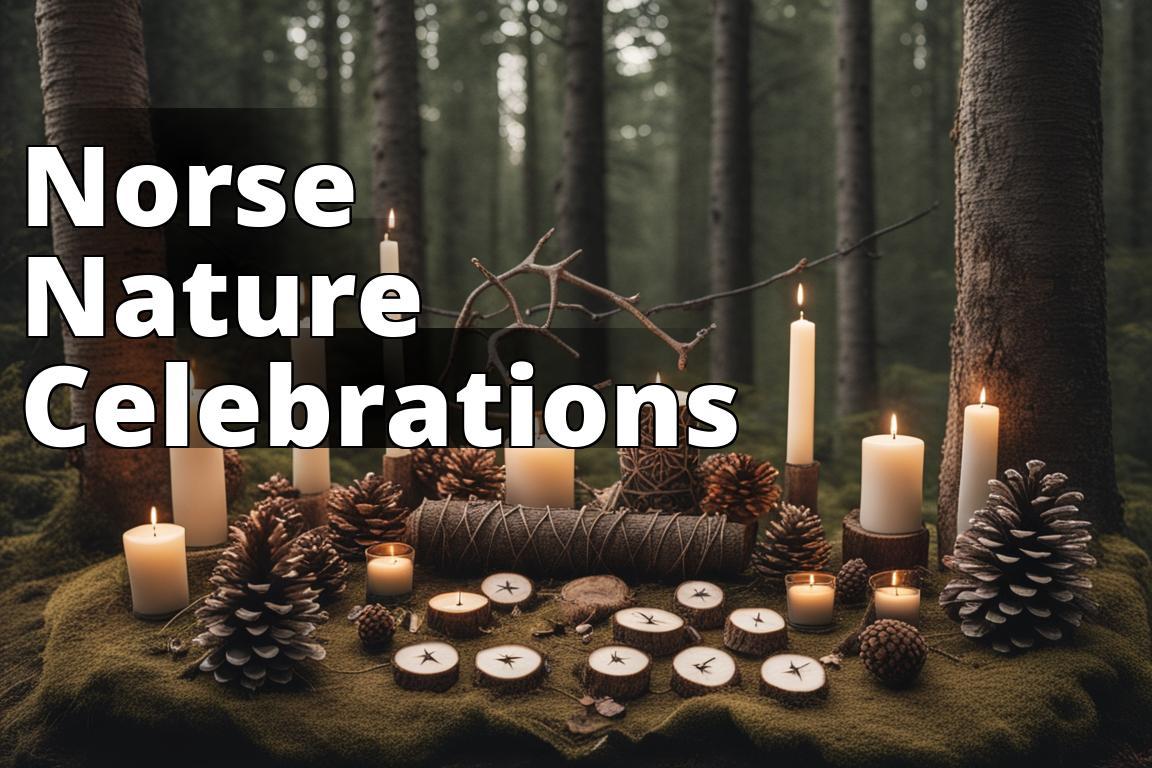Learn about Modern Norse Rituals for Sabbats
- Definition and role of Seasonal Sabbats in nature-based spiritual practices.
- Historical background and origins of Seasonal Sabbats, including Norse rituals and spells.
- Significance of Seasonal Sabbats in marking seasonal transitions and fostering connections with the natural world.
Seasonal Sabbats are essential in nature-based spiritual practices, marking the cyclical transitions of the natural world and fostering deep connections with the environment. Rooted in ancient traditions, these celebrations provide practitioners with the chance to align themselves with nature’s rhythms and honor the changing seasons. This article delves into the historical origins, rituals, and modern interpretations of Seasonal Sabbats within Norse traditions.

Defining Seasonal Sabbats
Seasonal Sabbats are festivals that mark the turning points of the year, typically aligned with solstices and equinoxes. These celebrations deeply intertwine with nature, reflecting the cycles of growth, harvest, and renewal. Practitioners engage in rituals, ceremonies, and practices that honor the changing seasons and connect them with the elements and spiritual energies present in the natural world.
Role of Seasonal Sabbats in Nature-Based Spiritual Practices
In nature-based spiritual practices, Seasonal Sabbats act as anchor points helping individuals attune to the earth’s cycles. By observing these festivals, practitioners deepen their connection with the environment, cultivate gratitude for nature’s gifts, and honor the intricate web of life that sustains all beings.
Significance of Seasonal Sabbats in Marking Seasonal Transitions
Seasonal Sabbats not only mark physical changes in the natural world but also symbolize inner transformations and spiritual growth. Each Sabbat carries unique energy and symbolism, inviting reflection on themes like death and rebirth, light and darkness, and the interconnectedness of all living beings. Celebrating Seasonal Sabbats allows individuals to embrace the cyclical nature of existence and find meaning in life’s ever-changing tapestry.
Historical Background and Origins of Seasonal Sabbats
The roots of Seasonal Sabbats trace back to ancient cultures, including Norse traditions that revered nature’s cycles and changing seasons. In Norse mythology, rituals and ceremonies honored deities, ancestors, and spirits linked to the earth and its elements, shaping the Norse worldview and spiritual beliefs.
Exploring the Origins of Seasonal Sabbats
Seasonal Sabbats have their origins in the agricultural practices of early societies, where communities relied on the land for sustenance and survival. Observing these festivals marked time’s passage, sought divine blessings, ensured fertility, and harmonized with the natural world. These traditions passed down through generations preserved the sacred human-earth connection.

Norse Rituals and Spells
Norse rituals and spells were integral to Seasonal Sabbat celebrations, with practitioners invoking gods and goddesses to bless the land, protect the community, and ensure a bountiful harvest. Offerings of food, drink, and items made to the deities, along with prayers and incantations, sought their favor and guidance. These practices were rich in symbolism and meaning, reflecting deep spiritual beliefs.
Observance and Value of Seasonal Celebrations in Ancient Norse Cultures
In ancient Norse cultures, observing Seasonal Sabbats was a sacred duty connecting individuals to their heritage and nature. Rituals during these festivals were acts of reciprocity, where humans offered thanks and reverence to the earth and its inhabitants for sustenance, protection, and wisdom. The value placed on seasonal celebrations highlighted living in harmony with the environment and honoring life and death cycles.
Relevance of Historical Practices in Modern Settings
Today, Seasonal Sabbat traditions resonate with individuals seeking to reconnect with nature, honor ancestry, and deepen spiritual practices. While the context may have evolved, the core principles of honoring the earth, celebrating seasons, and fostering community remain central to modern interpretations of these ancient rituals. Embracing past wisdom offers guidance and inspiration in navigating the complexities of the modern world.
Stay tuned for the continuation of this exploration into Seasonal Sabbats in Norse traditions, where we delve into the Wheel of the Year, rituals, practices, and the connection to nature and the elements.
| Norse Sabbat | Time of Year | Modern Equivalent | Symbolism and Themes |
|---|---|---|---|
| Yule | Winter Solstice | Christmas | Rebirth, renewal, light in darkness |
| Imbolc | Early February | Candlemas | Purification, initiation, fertility |
| Ostara | Spring Equinox | Easter | Balance, growth, new beginnings |
| Beltane | May 1st | May Day | Fertility, passion, abundance |
| Litha | Summer Solstice | Midsummer | Power, strength, vitality |
| Lammas/Lughnasadh | August 1st | Lammas | Harvest, abundance, sacrifice |
| Mabon | Autumn Equinox | Harvest Home | Gratitude, balance, reflection |
| Samhain | October 31st | Halloween | Ancestors, death, spiritual veil |

Rituals and Ceremonies in Norse Seasonal Sabbats
| Sabbat | Rituals and Ceremonies |
|---|---|
| Yule | Lighting candles, feasting, honoring the sun’s return |
| Ostara | Egg decorating, planting seeds, celebrating balance |
| Beltane | Maypole dancing, bonfires, fertility rituals |
| Mabon | Harvest feasts, giving thanks for abundance |
| Samhain | Ancestor veneration, divination, honoring the cycle of life and death |
Modern Interpretations and Practices of Seasonal Sabbats
In contemporary settings, practitioners of Norse traditions and nature-based spirituality adapt ancient rituals to suit modern lifestyles while maintaining reverence for nature and the divine. These adaptations blend traditional practices with personal interpretations, creating a dynamic tapestry of spiritual experiences that resonate with individuals today.
Real-Life Connection: Finding Solace in the Winter Nights
Growing up in a bustling city, Sarah always felt a deep yearning for a connection to nature. Despite the concrete surroundings, she found solace in reading about Norse traditions and the significance of the Winter Nights celebration.
Feeling inspired, Sarah decided to create her own Winter Nights ritual to honor her ancestors and the changing seasons. She gathered pine cones, lit candles, and offered thanks for the lessons learned and the wisdom passed down through generations. As she stood under the starlit sky, she felt a sense of peace and belonging she had never experienced before.
This personal ritual not only deepened Sarah’s spiritual connection but also allowed her to appreciate the beauty of nature’s cycles even in the midst of a bustling urban landscape. It served as a reminder of the importance of honoring the past while embracing the present, making the ancient Norse traditions relevant and meaningful in her modern life.

Incorporating Technology and Community in Seasonal Sabbats
| Aspect | Description |
|---|---|
| Virtual Gatherings | Online ceremonies, workshops, and discussions to connect globally |
| Nature Apps | Using technology to enhance nature connection through apps and resources |
| Social Media Rituals | Sharing rituals, experiences, and reflections on platforms like Instagram |
Answers To Common Questions
Who can participate in Norse rituals during Seasonal Sabbats?
Anyone interested in connecting with nature and Norse traditions.
What are Seasonal Sabbats in Norse rituals?
They are celebrations marking the changing seasons in nature.
How can one incorporate modern elements into Norse spells?
By adapting traditional practices to suit contemporary lifestyles.
What if I don’t have access to traditional Norse tools?
Improvise with items you have on hand to perform the rituals.
How can Norse rituals during Sabbats benefit modern life?
They can foster a deeper connection with nature and the seasons.
What if I am new to Norse rituals and spells?
Start with simple practices and gradually explore more complex rituals.
